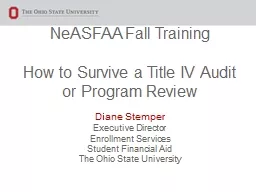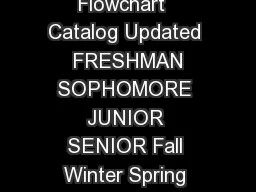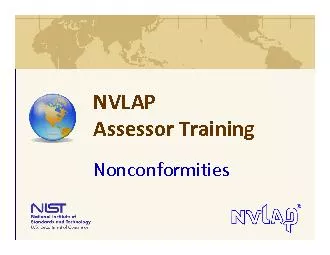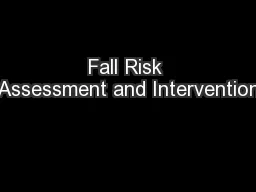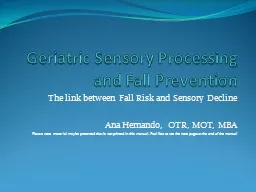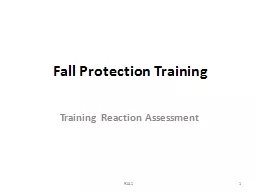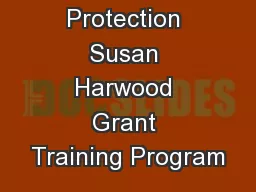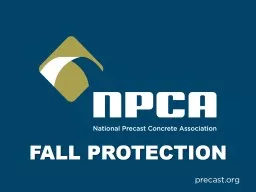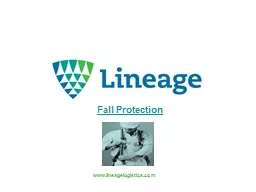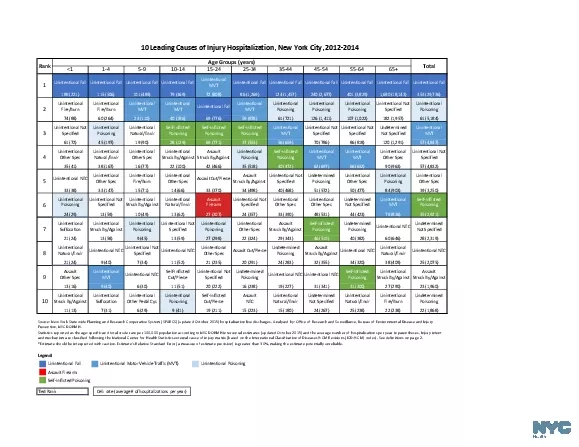PPT-NeASFAA Fall Training
Author : stefany-barnette | Published Date : 2020-01-22
NeASFAA Fall Training How to Survive a Title IV Audit or Program Review Diane Stemper Executive D irector Enrollment Services Student Financial Aid The Ohio State
Presentation Embed Code
Download Presentation
Download Presentation The PPT/PDF document "NeASFAA Fall Training" is the property of its rightful owner. Permission is granted to download and print the materials on this website for personal, non-commercial use only, and to display it on your personal computer provided you do not modify the materials and that you retain all copyright notices contained in the materials. By downloading content from our website, you accept the terms of this agreement.
NeASFAA Fall Training: Transcript
Download Rules Of Document
"NeASFAA Fall Training"The content belongs to its owner. You may download and print it for personal use, without modification, and keep all copyright notices. By downloading, you agree to these terms.
Related Documents

